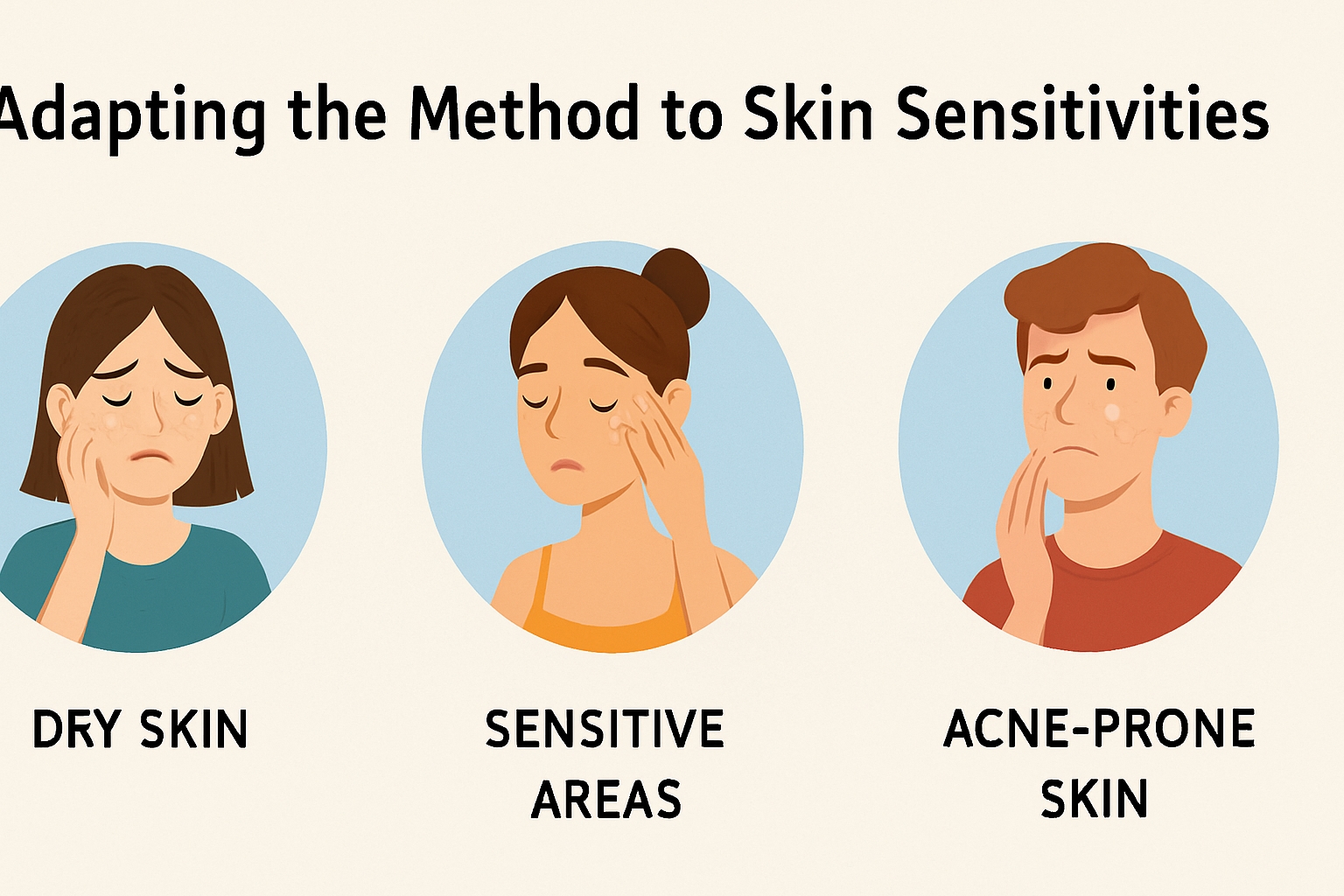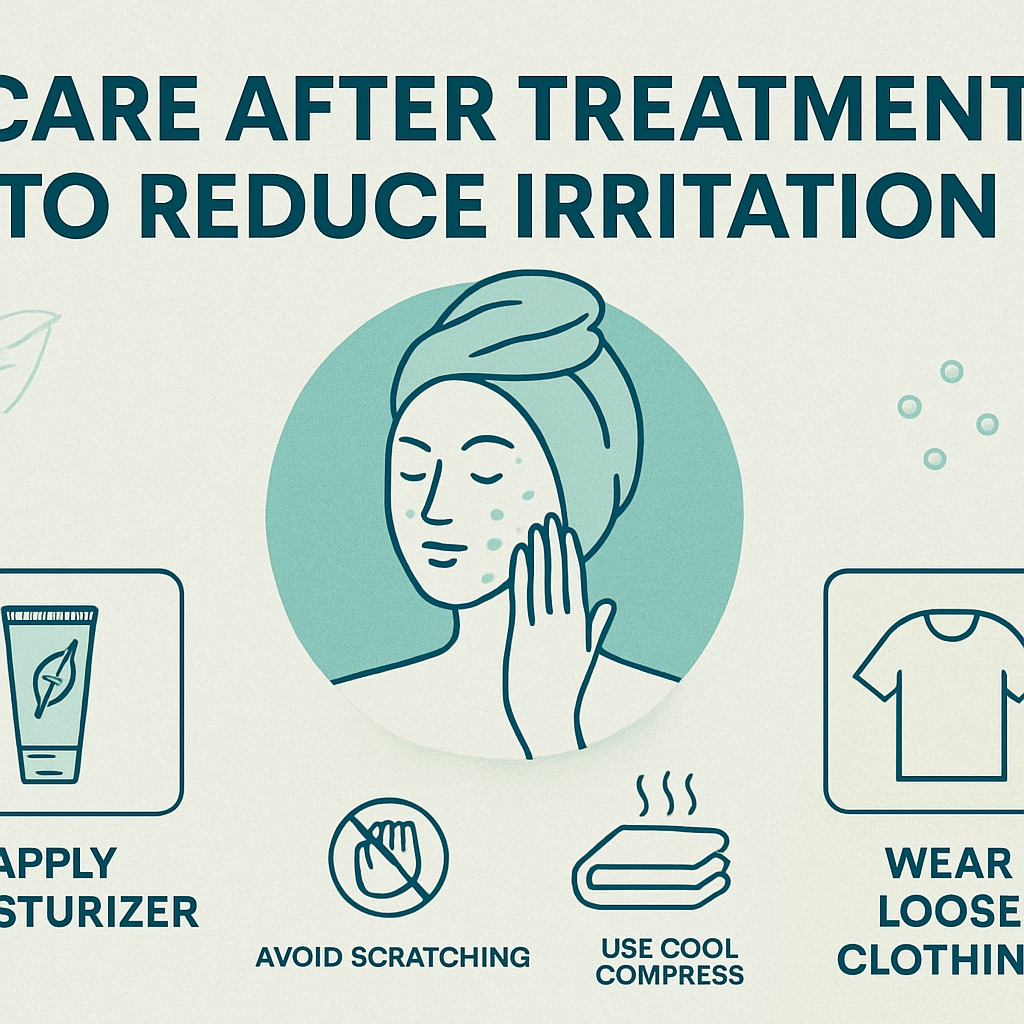While micro needling is most likely to be safe for any skin type, it should be done by a trained professional so they can adjust the treatment according to your individual skin requirements and conditions.
It is normally safe; certain individuals might not be good candidates if they have specific skin conditions or illness.
All skin colors can be safely treated with micro needling since it is less invasive. It works by stimulating the production of collagen in your body. It is also referred to as "collagen induction therapy" for this purpose.
Micron needling and Factors to Consider
When done, your body responds by using the right amount of collagen to fix the tiny holes in your skin. This can lead to smoother skin tone and texture as well as less noticeable wrinkles and scars.
Things to consider:
Skin type: Micro needling doesn't cause heat damage, which can sometimes affect pigment, so it's safe for all skin types even darker ones.
Skin conditions: People with open wounds, psoriasis, eczema active acne, or keloid scars should be careful and ask a doctor before trying micro needling.
Health issues: Micro needling might not be a good fit for people with bleeding problems those taking blood thinners, or those with certain widespread infections.
Pregnancy: Doctors don't recommend micro needling for pregnant or breastfeeding women.
Expert advice: To assess if micro needling is right for you and pick the best treatment plan for your skin type and problems, you should talk to a dermatologist or other certified skin expert.
Medicines: You should tell your doctor about all the medicines you take because some, including certain acne treatments, might not mix well with micro needling.
Sensitive skin: It's key to check how sensitive your skin is before starting micro needling because very sensitive skin might react more to the treatment.
Adapting the Method to Skin Sensitivities
Using shorter needles is the first step in modifying the microneedling process for people with sensitive skin in order to decrease discomfort and lower the chance of irritation.
In order to prevent overtaxing the skin's resistance and promote a kinder yet more efficient treatment pathway that improves skin health without placing unnecessary strain on delicate complexions, extra attention is also paid to the speed and pressure used during the procedure.

Care After Treatment to Reduce Irritation
Sensitive skin requires a careful touch after microneedling in order to prevent discomfort and possible irritation. Skin can be quickly calmed with cooling, calming creams free of harsh ingredients or smells.
A smoother healing process is also ensured by shielding the treated regions from aggravating environmental variables by avoiding direct sunlight and using broad-spectrum sunscreen every day.

Who ought to stay away from Micro Needling?
Most people of all skin tones can safely use this procedure. But there isn't a single treatment that works for everyone.
Microneedling is not recommended if you:
Heal slowly or inadequately
Have (or have had) a keloid, a raised scar
Have a compromised immune system as a result of a disease or drug
Are undergoing treatment for skin cancer in the desired microneedling location
Are undergoing radiation therapy
Additionally, there are some situations in which microneedling is not appropriate. Before treating you, a dermatologist will wait if you have:
A recent sunburn or tan
A skin infection
Painful, pus-filled, or deeply penetrating pimples
Have taken (or are taking) isotretinoin, a drug used to treat severe acne
Your dermatologist will not do microneedling on you until your acne, infection, sunburn, or tan have gone away.
It must have been at least a month since your last dose of isotretinoin if you are taking it.
Before Undergoing Micro Needling, What Should I Know?
Micro needling is a medical procedure, much like any other cosmetic operation. The American Academy of Dermatology advises visiting a physician with experience in skin care and cosmetic procedures, such as a board-certified dermatologist, to safeguard your health and well-being.
You get the following when you visit a board-certified dermatologist:
• A pre-treatment consultation
This meeting is crucial. Your dermatologist will inquire about your health and treatment goals during this time. Your skin will be examined by your dermatologist. This will inform your dermatologist about the safety and potential outcomes of micro needling.
• Professional, knowledgeable care
Your dermatologist is skilled at using micro needling to provide you with the greatest outcomes.
• An aftercare plan and a skin care regimen to adhere to before to micro needling
Your response to treatment will be enhanced if you adhere to this skin care regimen for two to four weeks prior to micro needling. For a few days, this regimen could involve avoiding retinoids (retinol and tretinoin) or other substances in skin care products. Additionally, you must shield your skin from the sun.
Following up will help you see the best effects and prevent infection.
To Sum It Up
A potent collagen induction treatment, micro needling provides a multifaceted approach to skin renewal for a range of skin types, including combination, oily, dry, mature, sensitive, and acne-prone.
By carefully causing tiny wounds on the skin, this minimally invasive technique promotes the body's natural healing response and increases the creation of collagen and elastin.
As a result, there are less scars, less aging indications, and better skin texture.
With particular procedures like modifying needle lengths and choosing suitable serums and moisturizers to treat particular issues, it is essential to tailor the procedure and aftercare to the skin type.
Proper pre-treatment preparation and post-treatment care are essential to maximize the benefits and ensure a smooth healing process.
For those targeting hyperpigmentation or tackling the challenges of combination skin, a tailored approach balances treatment intensity and product choice to achieve optimal outcomes.
To maximize the benefits and ensure a smooth healing process, adequate pre-treatment planning and after-care are essential.
To achieve optimal outcomes, a personalized approach balances treatment intensity and product choice for those targeting combination skin concerns or hyperpigmentation.
